Extended-Range Technology and 'Tech-Savvy Engineers' Clash Again
![]() 03/31 2025
03/31 2025
![]() 592
592
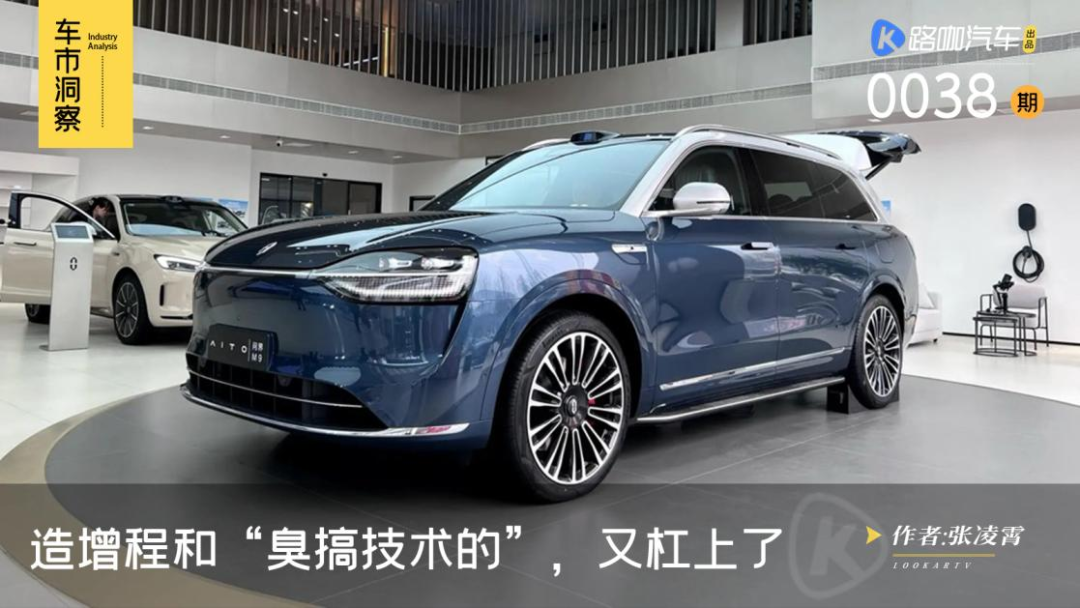
"We and electric vehicle makers are 'arch-rivals' and often argue. In recent years, the atmosphere has eased somewhat, and electric vehicle makers have started to appreciate our internal combustion engine work," said Shuai Shijin, director of the Shell Clean Transportation Energy Center at Tsinghua University, at the 2025 China Electric Vehicle Hundred People Forum (hereinafter referred to as the 'Hundred People Forum').
The backdrop to this is the recent surge in popularity of plug-in hybrids and extended-range vehicles. Vehicles with fuel tanks have outperformed the overall market, with growth rates far exceeding those of pure electric vehicles. Five years ago, Li Xiang dismissed technology enthusiasts as 'stinkers' and accused extended-range technology of being outdated. However, last year, extended-range vehicles gained a definitive edge in the mid-to-high-end new energy market.
Auto companies and experts have reached a compromise: extended-range has become one of the mainstream technology routes for new energy. However, regarding the next step, those who manufacture extended-range vehicles and 'tech-savvy engineers' are at odds once again.
At this year's Hundred People Forum, many auto companies announced their outlooks for the extended-range technology route. In summary, it is "small range extender + large battery." Some auto companies suggested that the competent authorities should encourage long pure electric range PHEVs (including extended-range) and include PHEVs (including extended-range) with a pure electric range of over 150 km into the new energy green license plate system.
A source familiar with national emission standards revealed to Lucar Auto that the currently being formulated National Emission Standard VII and the next stage of energy consumption standards both plan to adjust the pure electric utilization coefficient for PHEVs (including extended-range). This adjustment will be lower compared to previous standards, leading to an increase in the comprehensive weighted fuel consumption of PHEVs. In simpler terms, the difficulty of meeting emission standards with large battery solutions will significantly increase.
Extended-range, exclusive to the rich?
In the past three years, sales of extended-range vehicles have soared, from 642,000 units in 2023 to 1.167 million units in 2024, marking a year-on-year increase of 78.7%. This growth rate far surpasses the overall growth rate of the passenger vehicle market (8.5%) and the growth rate of pure electric vehicles (26%) during the same period. At the same time, the sales share of extended-range vehicles in new energy vehicles has increased from 3.6% in 2022 to 9.1%.
With the exception of Tesla, there are no auto companies that exclusively manufacture pure electric vehicles anymore. "I heard that NIO is also studying hybrid routes," a speaker mentioned during a presentation at this year's Hundred People Forum.
It has become a consensus that selling pure electric vehicles is becoming increasingly difficult. When combined with 'high-end,' the challenge is even greater. Therefore, in recent years, almost all auto companies have added fuel tanks to their new energy products. Internal combustion engine practitioners, who were previously concerned about retirement, are now busier than ever...
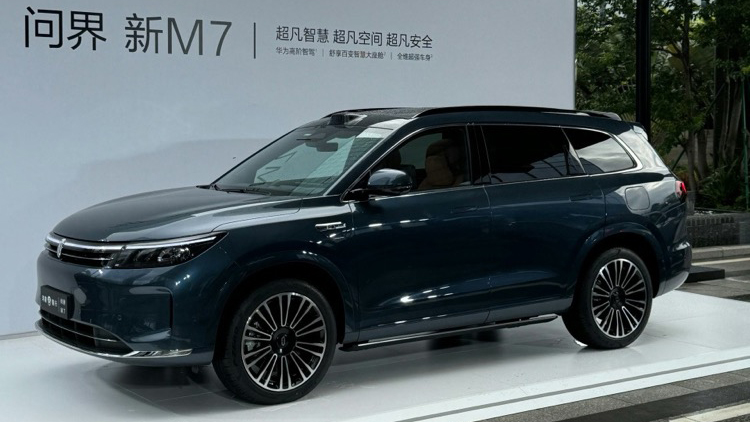
An engineer from an international Tier 1 company told Lucar Auto that the core three-electric system of electric vehicles has approached the ceiling of parameters. However, there is still room for improvement in engine efficiency. "Many auto companies are increasing their investment in plug-in hybrid systems and better range extenders, and the treatment of engine talents is on the rise."
Currently, extended-range electric vehicles in the Chinese market are primarily concentrated in the field of large and medium-sized luxury vehicles, such as Li Auto and AITO brands. These models offer a pure electric experience, powerful power configurations, and high-quality comfort and NVH performance.
The cheapest extended-range vehicle currently on the market is the recently launched Changan Qiyuan A07, with a starting guide price of 135,900 yuan. The most expensive models have almost no upper limit, such as Zunjie, which has a pre-sale price in the millions.
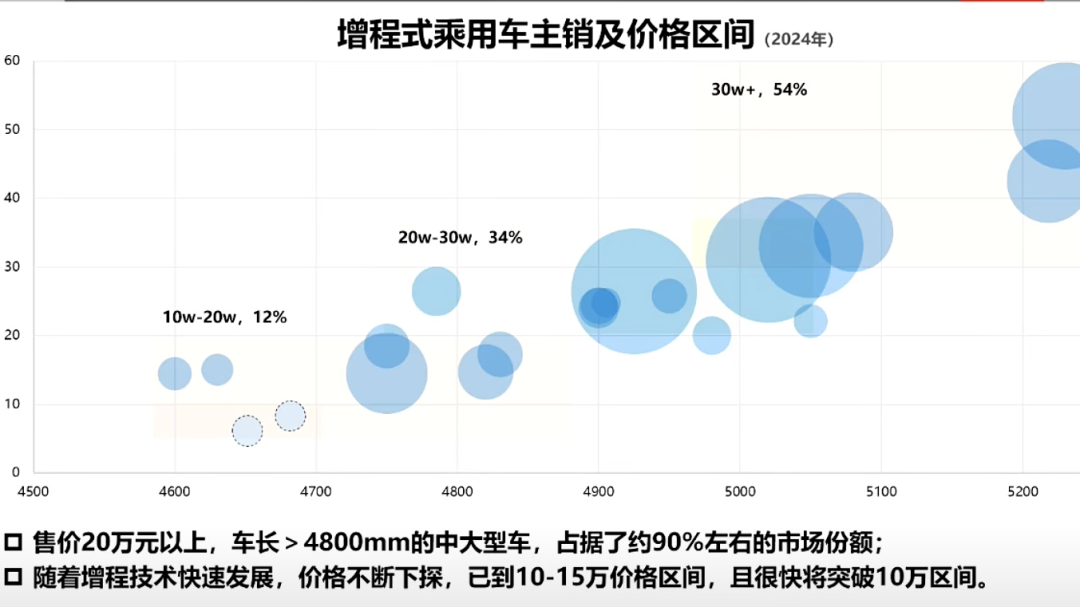
In this way, compared to plug-in hybrids, the upper limit of extended-range vehicles is much higher, while the lower limit is not that low. In the past two years, auto companies such as BYD and Geely have introduced plug-in hybrids into new vehicles priced within 100,000 yuan and even 70,000 yuan, accelerating the substitution of new energy vehicles for fuel vehicles in this market segment. In terms of price reduction, extended-range vehicles are far from being as thorough as plug-in hybrids.
From the current price distribution of extended-range models in the domestic market, medium and large vehicles priced above 200,000 yuan and with a length of 4.8 meters occupy more than 90% of the extended-range market share. In the A-segment vehicle market priced between 100,000 and 150,000 yuan, extended-range vehicles are almost non-existent.
Auto Companies Ignore Expert Advice in Manufacturing Extended-Range Vehicles
Xu Min, dean of the Automotive Engineering Research Institute at Shanghai Jiao Tong University, pointed out in his speech that the biggest obstacle to the popularization of extended-range vehicles comes from cost. The common solution of large batteries and large engines for extended-range vehicles is difficult to meet the needs of the A-segment market.
He also listed hybrid solutions from different countries, such as the Chevrolet Volt, BMW i3, BMW Mini, and Nissan e-POWER, which all use small battery solutions. "e-POWER only has 1.5 kWh of electricity, and the other two have less than 20 kWh, while in China, it is all above 40 kWh." He posed a "soul-searching question": Are large batteries and large range extenders the real needs of customers? Or are they the demands of the marketing department that want it all?
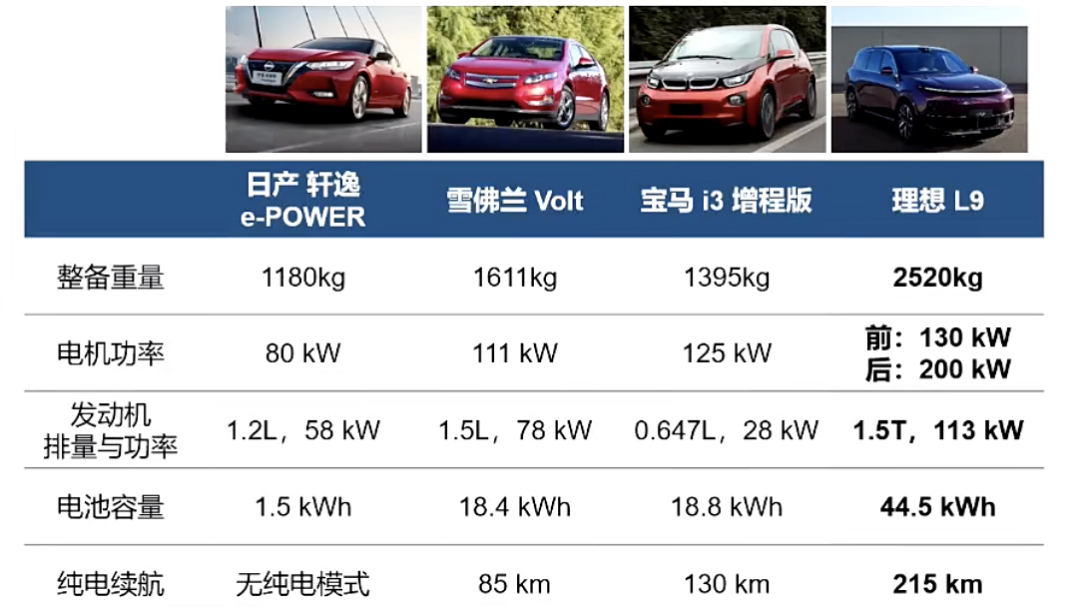
In fact, the reason why auto companies do not have the courage to use smaller batteries mainly stems from the curse of low battery conditions for extended-range vehicles. A source involved in national emission standards revealed to Lucar Auto that both plug-in hybrids and extended-range vehicles now face a common problem: poor pure electric energy consumption. As a result, we can see that the battery capacity of many new plug-in hybrid vehicles is also increasing.
Additionally, extended-range vehicles must address the issue of fuel consumption under low battery conditions. "In fact, we have tested the performance of many extended-range vehicles under low battery conditions. As long as they are not on the highway, they perform well. But on the highway, their energy consumption is higher than that of fuel vehicles," the aforementioned source revealed.
In other words, although the small battery solution is cheaper for auto companies, it is challenging to balance for a better experience.
Du Changhong, general manager of the Deep Blue Automotive Power Platform Center, also highlighted this in his speech. He said that during user research, Deep Blue found that nearly 70% of consumers hope for a longer pure electric range for extended-range vehicles, the longer the better. Even if the price is slightly higher, they can accept it.
"What users want is an extended pure electric range, especially for B-segment and above models. They are willing to pay a premium for it," Du Changhong pointed out. Auto companies have two choices moving forward. If they pursue cost, they will keep the battery capacity unchanged; if they pursue experience, they will opt for a 'large battery' extended-range solution.
Almost all enterprise representatives agree with this point. Zhang Yanqing, vice president of Beijing Automotive Research Institute Co., Ltd., pointed out in his speech that the battery capacity of extended-range vehicles from various auto companies is breaking through 50 kWh and 60 kWh, with a pure electric range of basically 300 km and soon to exceed 400 km.
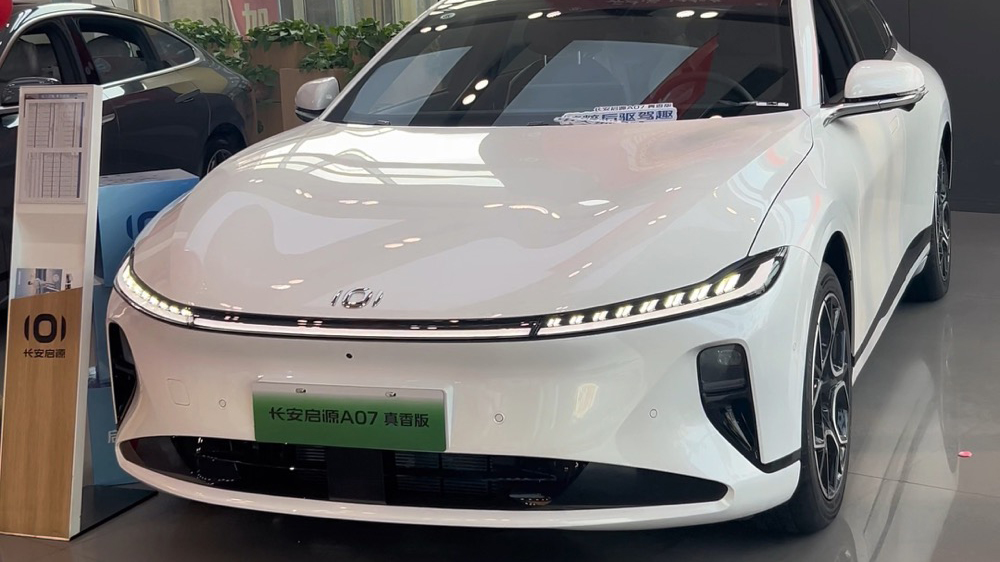
On the other hand, auto companies must consider consumers' 'want it all' consumption psychology. That is, "even if I don't go on the highway, the extended-range vehicle cannot perform poorly on the highway." In this scenario, it is difficult for low-priced extended-range vehicles to achieve a good experience. At the same time, it is also necessary to consider the rapid popularization of plug-in hybrids in the 100,000 yuan market. Although experts call for the popularization of extended-range vehicles to affordable models, in the short term, extended-range vehicles do not have the cost advantage for widespread adoption.
Considering what the insider mentioned earlier, the next stage of emission standards is not favorable to large battery solutions. Therefore, the development path of extended-range vehicles is not necessarily that the higher the battery energy density, the better. Liu Liguo, Senior Vice President of Electric Vehicle for Ideal Auto, judged that a pure electric range of 300 kilometers is the balance point between energy saving and experience.
"Now, the fuel consumption of Ideal L Series under low battery conditions for REV2.0 is 6.9L/100km, and the upcoming REV3.0 can save more than 15% fuel compared to the current 2.0 version. The pure electric range reaches 300 kilometers," Liu Liguo pointed out in his speech. Ideal has done calculations and found that in urban areas, a pure electric range of 300 kilometers can basically achieve a week without charging. If it is longer, there will be no advantage in carbon footprint emissions.







